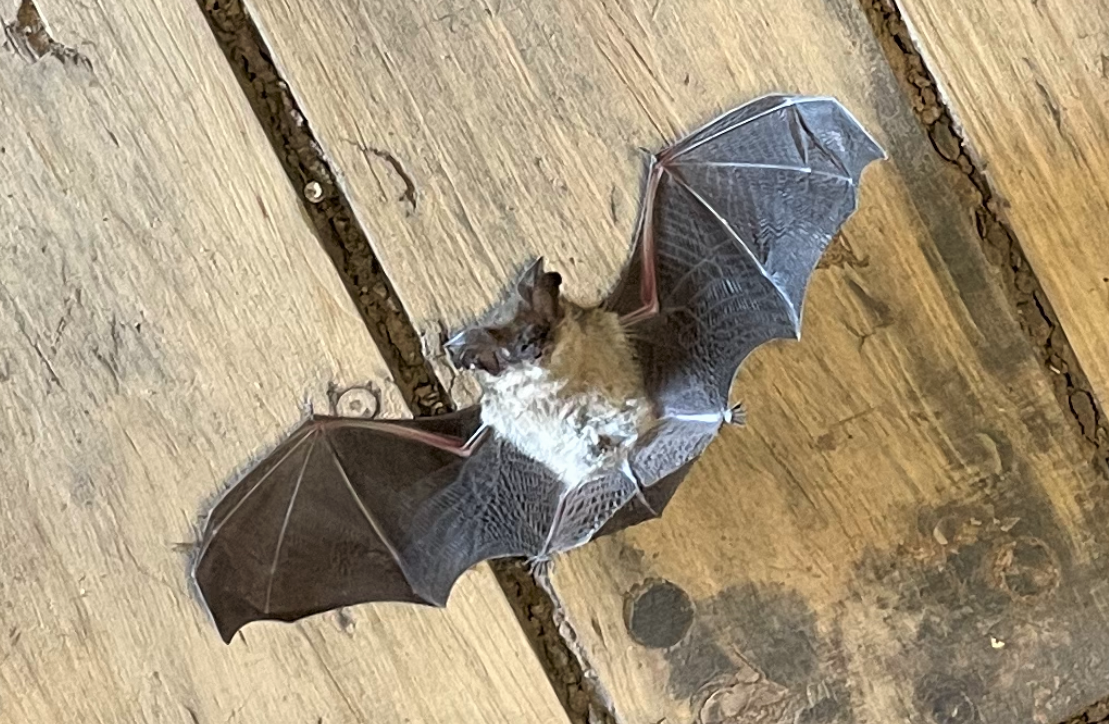July 2024 Soil project
A phD student from Federation University has recently completed a study of soils on Lot 1 of the block in an area which has previously been cropped. Three soil samples were taken at three plots and sent for analysis.
Overall, the plots had a sand-loamy texture with relatively low nutrients, as to be expected from the Mallee, probably a light-textured calcarosol soil and possibly a tenosol.
The salinity measurement used in this analysis (Conductivity) did not find high salinity levels. The sample was taken only from the top soil however and its possible that the subsoil could be saltier.
December 2023 Revegetation continues
Once widespread across the region, Malleefowl populations have greatly declined due to habit loss and fragmentation. Isolated populations of Malleefowl exist in a number of smaller remnants adjacent to the population strongholds of the National Parks, but habitat fragmentation means they are unable to move freely between suitable habitat patches. The Mallee CMA has been working with the landholders to improve the connectivity and extent of Malleefowl habitat by planting native trees and shrubs. This will allow Malleefowl to move between the remnant vegetation on their property and Hattah-Kulkyne National Park, increasing the viability and future persistence of Malleefowl populations in our region.
Biodiverse plantings were undertaken over 55ha hectares of previously cleared land between 2020 and 2023. To restore the ecosystems a mixture of shrubs and trees were planted via direct seeding and tubestock planting. In total 67.5km of direct seeding was sown made up of 20kg of native seed. The direct seeding primarily focused on trees and shrubs that readily grow from seed, these included Murray pines (Callitris verrucosa), Wattles (Acacia species), Senna artemisioidies and Mallee (Eucalyptus species). In addition to direct seeding 6,500 native seedlings were planted, with the primary focus on restoring overstory trees – the majority of tubestock planted were Mallee trees (Eucalyptus species), with other important species of the ecosystems also planted, including; Sugarwood (Myoporum platycarpum), Moonah (Melaleuca lanceolate), Mallee Teatree (Leptospermum coriaceum).
Revegetation in the hot and dry conditions of the Mallee is a challenging task and ongoing maintenance of the sites has been undertaken to optimise success. Seedlings received follow-up watering and are managed to reduce threats from introduced herbivores.
It is encouraging to see the plantings begin to establish with good direct seeding germination, survival of seedlings and significant growth under the favourable environmental conditions of 2022-23. As the trees start to grow above the native grasses it is not hard to imagine that these areas of revegetation will provide habitat for Malleefowl in the not too distant future.
November 2022
Triodia after the rains
August 2022
Winter fungi
March 2022
Dawn sky
February 2022
Lunch…
January 2022
A long-eared bat which was trapped in one of our sheds. Happily, it was able to fly away.
This shingleback lizard just wanted to be left alone
November 2021
Two tiny Mallee pines grown from seeds planted by Greening Australia/Mallee CMA in June. The good rains have helped and it would be wonderful to see them grow to mature trees.
We have seen lots of Regent parrots this month, but they are too quick for a photo!
October 2021
Cat lovers look away now….
No one likes killing feral cats but this one would go on to kill countless native creatures
September 2021 photos
August 2021 Early spring brings visitors…
…and the first wattle
June 2021 The Mallee Catchment Management Authority has commenced a tree planting project on the bush block which over time will provide a vegetation corridor for malleefowl.























